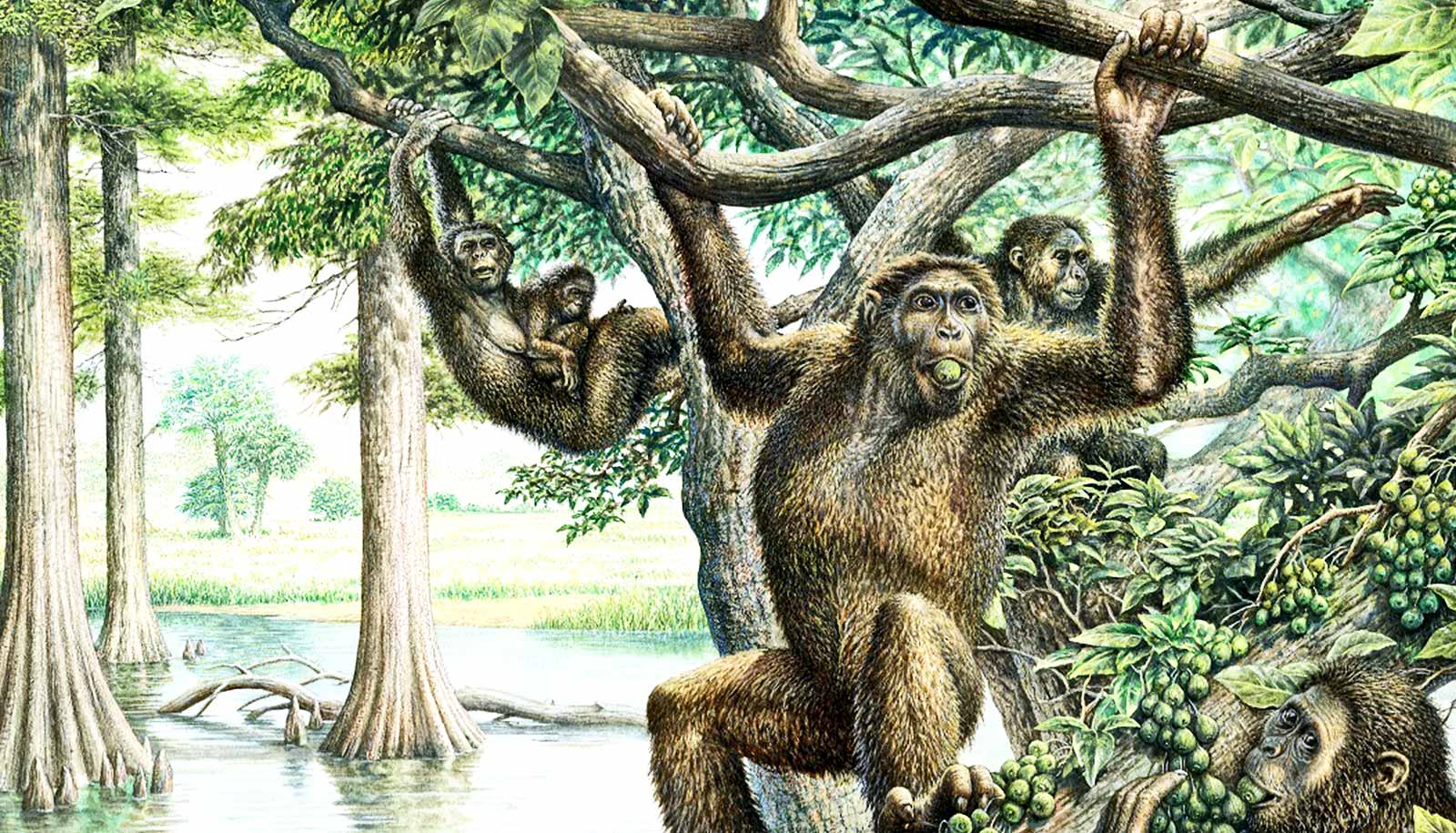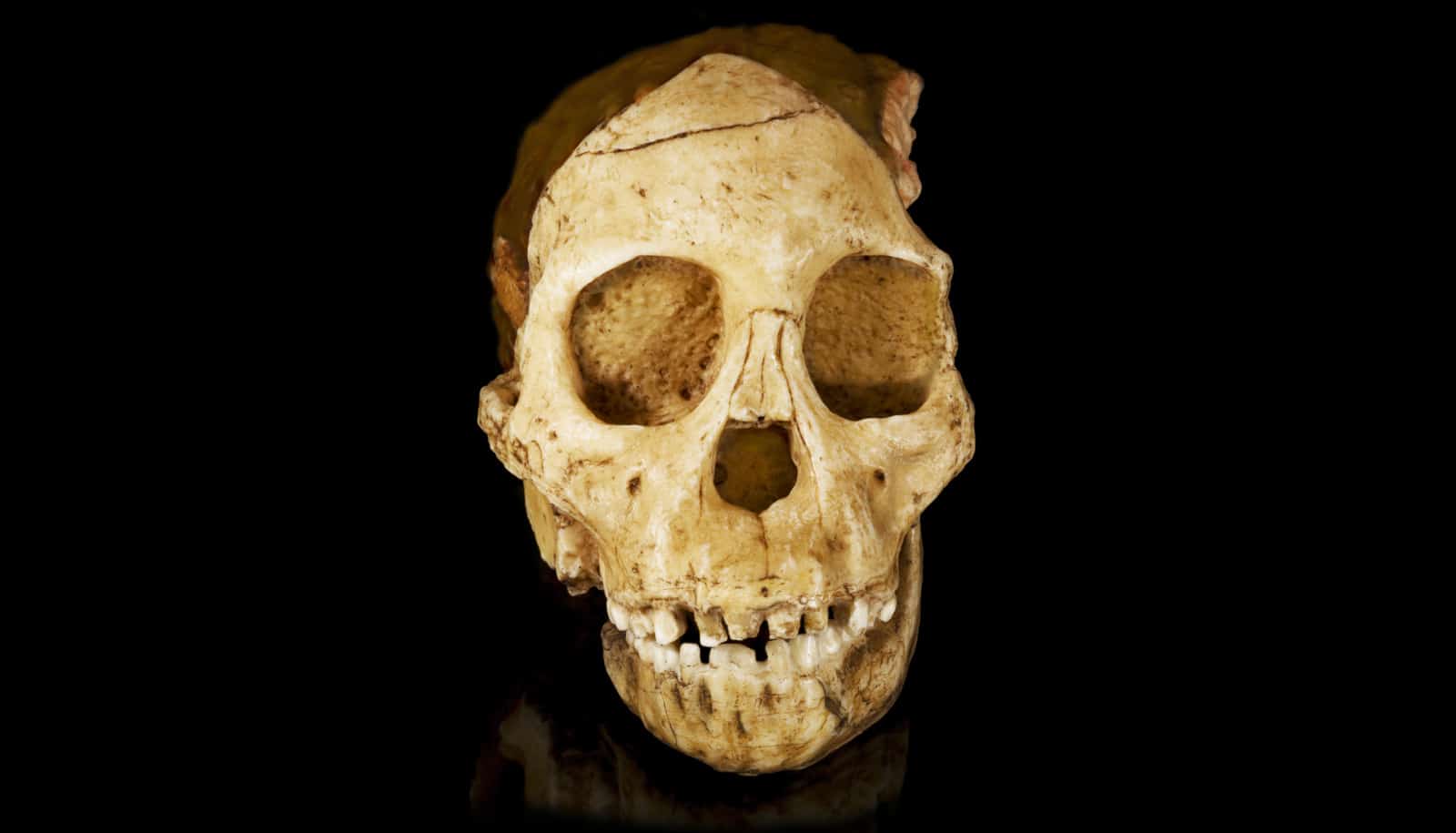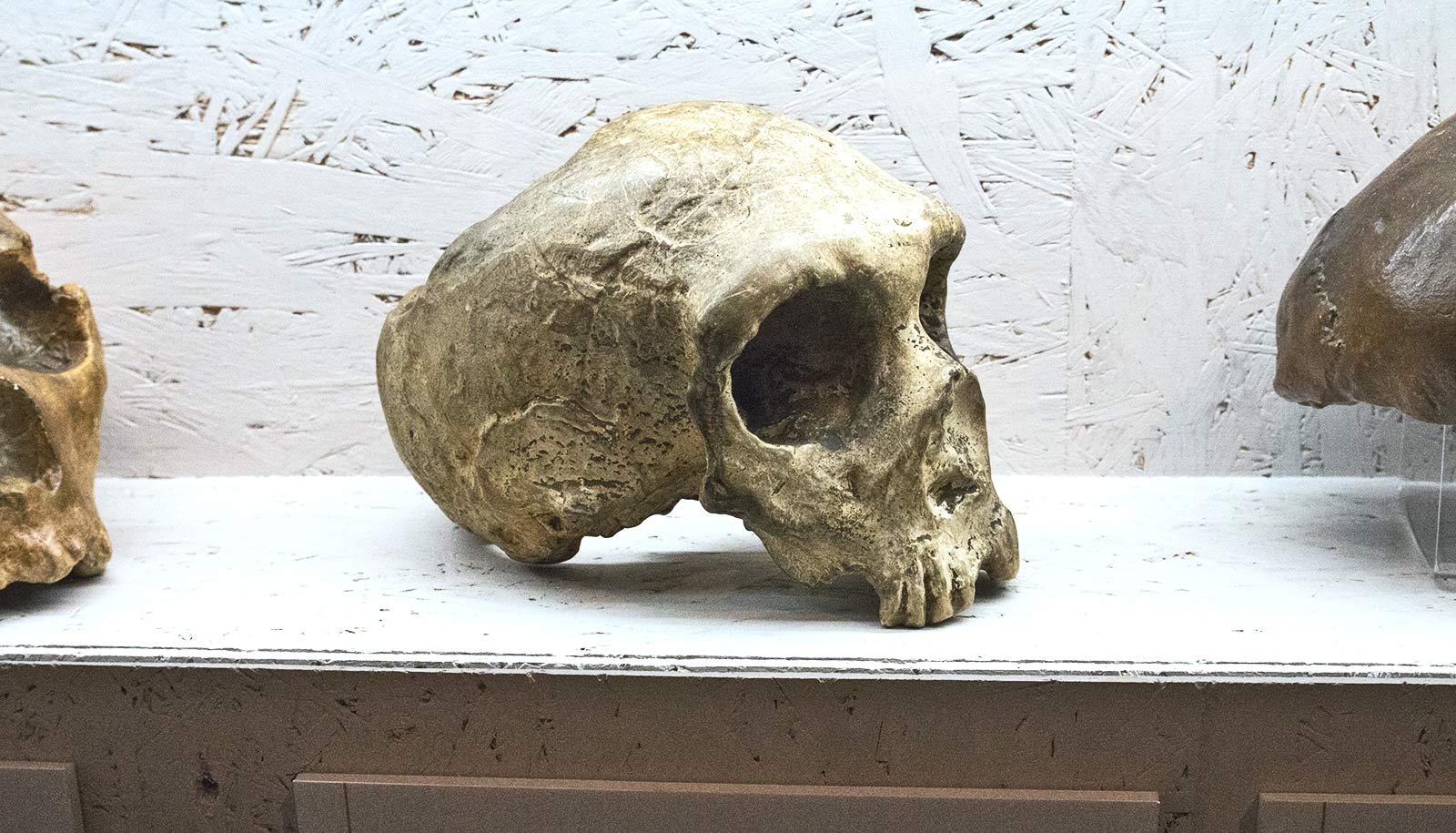A 10-million-year-old pelvis fossil from an ancient ape called Rudapithecus suggests our human ancestors may not have built like modern African apes, a new study shows.
The pelvis is one the most informative bones of a skeleton, but one that is rarely preserved. When researchers analyzed the new fossil, they discovered that human bipedalism—or the ability for people to move on two legs—might possibly have deeper ancestral origins than previously thought.
David Begun, a professor of anthropology at the University of Toronto, discovered the pelvis near an old mining town in Rudabánya, Hungary in Central Europe and invited Carol Ward of the University of Missouri to study the fossil with him. Begun’s work on limb bones, jaws, and teeth shows that Rudapithecus was a relative of modern African apes and humans, a surprise given its location in Europe. But information on its posture and locomotion was limited, so the discovery of a pelvis is important.
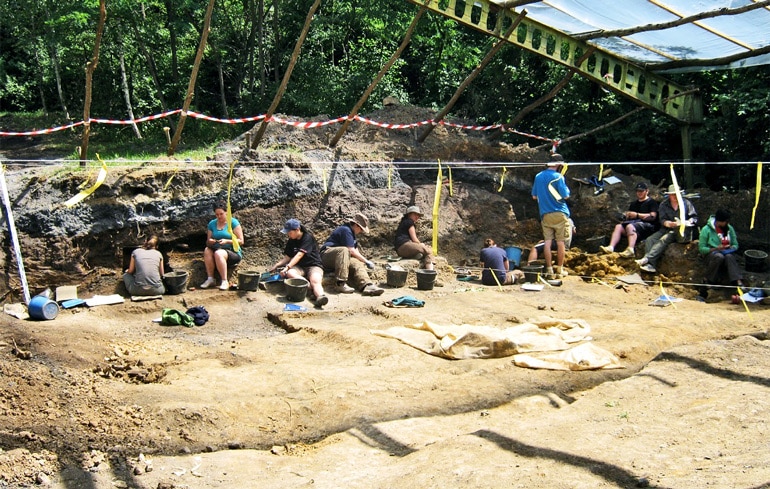
“Rudapithecus was pretty ape-like and probably moved among branches like apes do now—holding its body upright and climbing with its arms,” says Ward, professor of pathology and anatomical sciences in the School of Medicine and lead author on the paper in the Journal of Human Evolution.
“However, it would have differed from modern great apes by having a more flexible lower back, which would mean when Rudapithecus came down to the ground, it might have had the ability to stand upright more like humans do. This evidence supports the idea that rather than asking why human ancestors stood up from all fours, perhaps we should be asking why our ancestors never dropped down on all fours in the first place.”
Modern African apes have a long pelvis and short lower back because they are such large animals, which is one reason why they typically walk on all fours when on the ground. Humans have longer, more flexible lower backs, which allow them to stand upright and walk efficiently on two legs, a hallmark characteristic of human evolution.
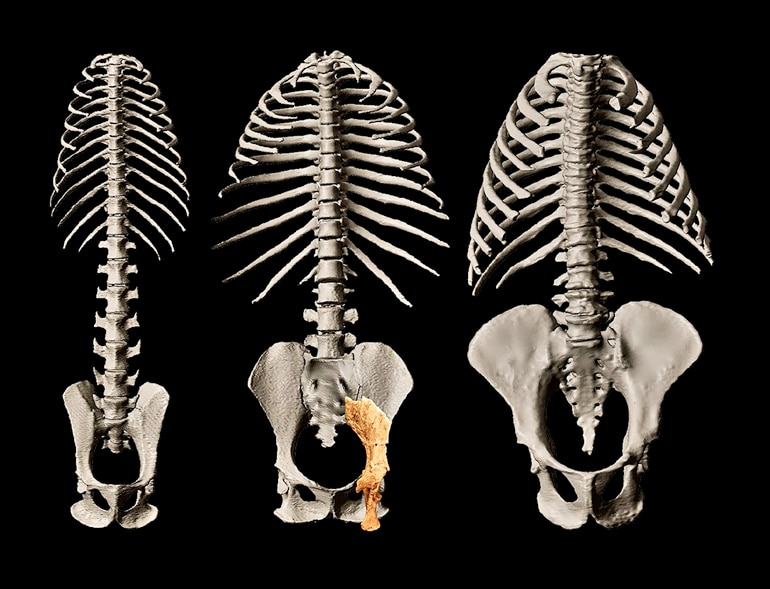
If humans evolved from an African ape-like body build, substantial changes to lengthen the lower back and shorten the pelvis would have been required, Ward says. If humans evolved from an ancestor more like Rudapithecus, this transition would have been much more straightforward.
“We were able to determine that Rudapithecus would have had a more flexible torso than today’s African apes because it was much smaller—only about the size of a medium dog,” Ward says. “This is significant because our finding supports the idea suggested by other evidence that human ancestors might not have been built quite like modern African apes.”
Since the fossil was not 100% complete, the team used 3D modeling techniques to digitally complete its shape, then compared their models with modern animals. Ward says the next step will be to conduct a 3D analysis of other fossilized body parts of Rudapithecus to gather a more complete picture of how it moved, giving more insight into the ancestors of African apes and humans.
Additional coauthors are from the University of Missouri, the American Museum of Natural History, and the University of Arkansas.
The National Science Foundation, Natural Sciences and Engineering Research Council, National Geographic Society, Leakey Foundation, Wenner-Gren Foundation for Anthropological Research, and the University of Missouri Research Council funded the work. The content is solely the responsibility of the authors and does not necessarily represent the official views of the funding agencies.
Source: University of Missouri
